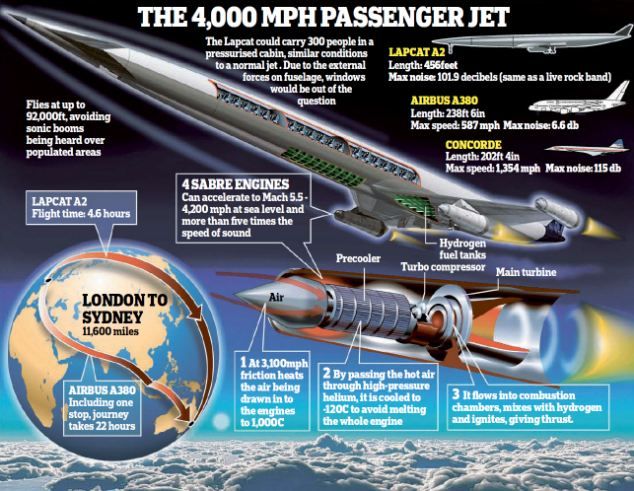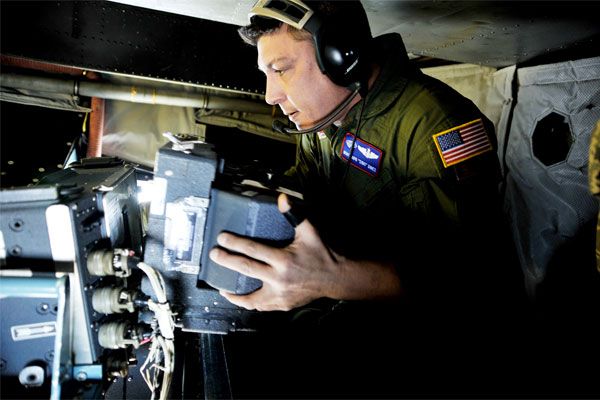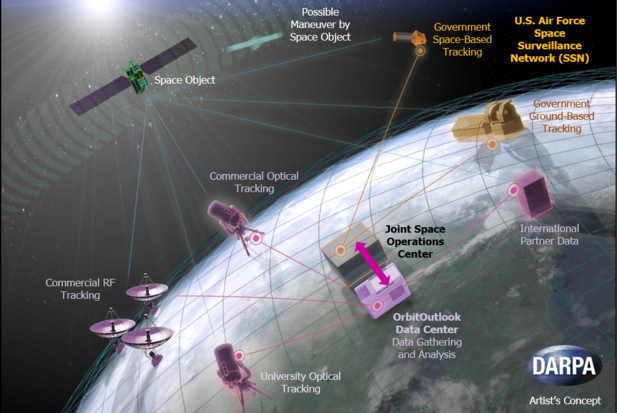Lisa Joy and Jonah Nolan explore dark sides of AI and humanity in series that reboots the 1973 film about a robotic theme park gone haywire.



SABRE is at heart a rocket engine designed to power aircraft directly into space (single-stage to orbit) to allow reliable, responsive and cost effective space access, and in a different configuration to allow aircraft to cruise at high speeds (five times the speed of sound) within the atmosphere.
If the rocket for space is not used then the US air force could use Skylon and SABRE engine technology to develop a 4000 mph hypersonic fighter plane or spy plane.

The odds that artificial intelligence will enslave or eliminate humankind within the next decade or so are thankfully slim. So concludes a major report from Stanford University on the social and economic implications of artificial intelligence.
At the same time, however, the report concludes that AI looks certain to upend huge aspects of everyday life, from employment and education to transportation and entertainment. More than 20 leaders in the fields of AI, computer science, and robotics coauthored the report. The analysis is significant because the public alarm over the impact of AI threatens to shape public policy and corporate decisions.
It predicts that automated trucks, flying vehicles, and personal robots will be commonplace by 2030, but cautions that remaining technical obstacles will limit such technologies to certain niches. It also warns that the social and ethical implications of advances in AI, such as the potential for unemployment in certain areas and likely erosions of privacy driven by new forms of surveillance and data mining, will need to be open to discussion and debate.

We always hear how bad Russia is; etc. We never hear about these stories where they helped the US.
A U.S. Air Force surveillance plane making a routine flight over Russia to fulfill a treaty obligation was forced to make an emergency landing in eastern Russia earlier this week after experiencing a problem with its landing gear, a Pentagon spokes person told Fox News.
The unarmed American military plane had Russian officials on board as part of the 1992 Open Skies Treaty, which bounds 34 nations, including Russia and the United States, to allow military inspection flights to ensure compliance to long standing arms-control treaties and to offer greater transparency into each nation’s military capabilities.
“On July 27, a U.S. Open Skies Treaty observation aircraft took off from Russian airfield Ulan Ude to begin a Treaty observation flight but the aircraft landing gear did not fully retract,” Lt. Col. Michelle L. Baldanza, a Pentagon spokes person, said in an emailed statement to Fox News.


You got to luv this one.
The security agency must defend itself in a US appeals court for violating the rights of a convicted bomber by supposedly illegally spying on him.
A US appeals court will weigh a constitutional challenge on Wednesday to a warrantless government surveillance program, brought by an Oregon man found guilty of attempting to detonate a bomb in 2010 during a Christmas tree-lighting ceremony.
The case before a three-judge panel of the 9th US Circuit Court of Appeals is the first of its kind to consider whether a criminal defendant’s constitutional privacy rights are violated under a National Security Agency (NSA) program that allows spying on Americans’ international phone calls and internet communications.

Now, here is a longer term concept. Could we see a day soon where we have some model of an EPA in Space due to the already junk material (namely abandoned/ broken satellites, etc.) and mining? Wonder who will get the contracts for space cleanup?
DARPA recently said that it had finished integrating seven space-watching networks that will feed tons of new Earth-orbiting junk data into what the agency calls “the largest and most diverse network of space situational awareness networks ever assembled.”
+More on Network World: NASA’s hot Juno Jupiter mission +
DARPA’s OrbitOutlook (O2) program brings seven previously separate new space sensor networks together that could ultimately feed into the United States Space Surveillance Network (SSN), a worldwide network of 29 military radar and optical telescopes operated by the Air Force as well as NASA, the FAA and other entities that could use the information.

The Defense Advanced Research Projects Agency has finished its work to integrate live data feeds from several sources into the U.S. Space Surveillance Network run by the Air Force in an effort to help space monitoring teams check when satellites are at risk.
SSN is a global network of 29 military radar and optical telescopes and DARPA added seven space data providers to the network to help monitor the space environment under its OrbitOutlook program, the agency said Wednesday.
DARPA plans to test the automated algorithms developed to determine relevant data from the integrated feed in order to help SSA experts carry out their mission.

Looks to be quite fascinating…
But is anyone else annoyed by the never ending use of the word “cyber”?
*sigh*.
Tapping into the geopolitics of hacking and surveillance, Ben Makuch travels the world to meet with hackers, government officials, and dissidents to investigate the ecosystem of cyberwarfare.
CYBERWAR premieres Tuesday, July 5th, at 10:30 P EST on VICELAND.
Click Here to Find Your Channel: http://bit.ly/1RTjjSS
Subscribe Now: http://bit.ly/SUBSCRIBE-TO-VICELAND
Follow VICELAND:
VICELAND.com | https://www.viceland.com
VICE Video | https://video.vice.com

Having UAVs conduct routine aerial surveillance is already having a transformative effect on farming and and energy production but they can only operate when there’s a human at the controls. That’s about to change thanks to an autonomous drone system that not only flies but also maintains itself. Tel Aviv-based UAV Airobotics has debuted a completely automated patrol drone system of the same name that is capable of operating with virtually no human intervention.
The system is composed of three parts: the drone itself, the “Airbase” robotic base station and the command software. It uses an “Optimus” UAV that can carry a 1-kilogram payload for up to 30 minutes. When the UAV finishes its patrol, it will land atop the base station whereupon a robotic arm will automatically swap out its battery and payload. All of this is controlled by the integrated software which enables users to pre-program flight paths as well as view real-time video and data feeds. The Airobotic system will likely find use in the mining and oil and gas industries as an aerial mapping platform, though it could easily be applied to any repetitive delivery or flyover task.